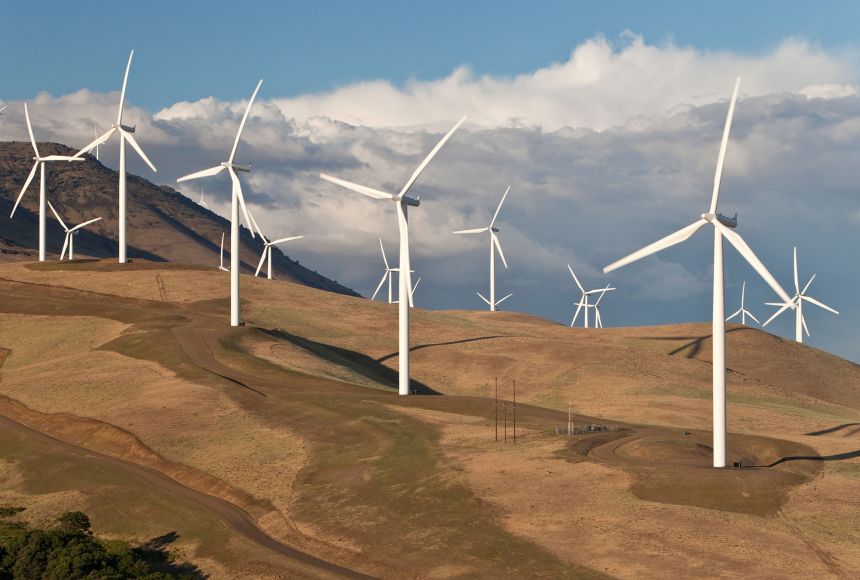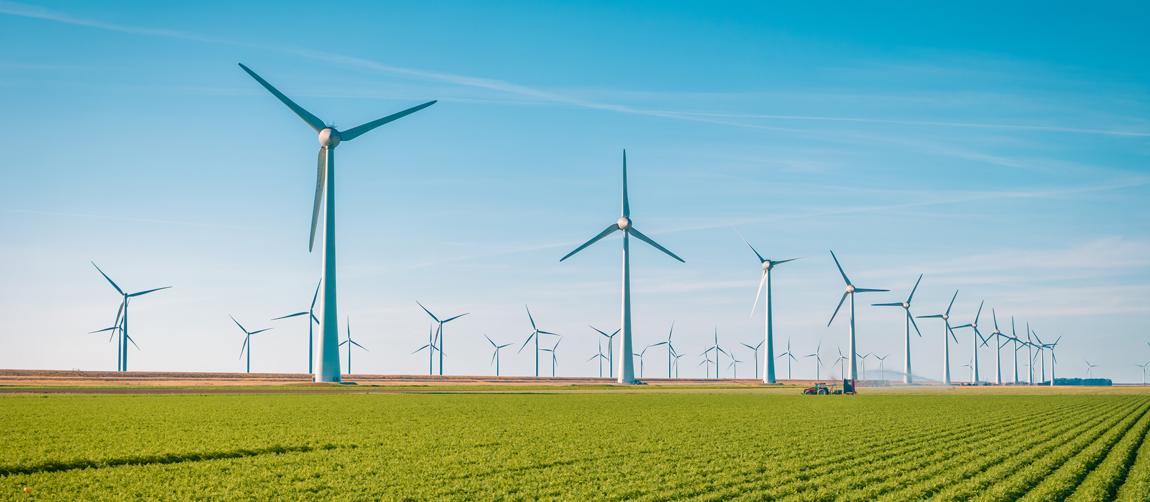Wind energy projects generate clean electricity from wind power, replacing energy produced from fossil fuels. By harnessing wind as a renewable resource, these projects reduce CO₂ emissions associated with traditional electricity generation, contributing to a significant reduction in carbon footprints.
Wind energy has emerged as a leading renewable energy source, offering a sustainable and efficient alternative to traditional fossil fuels. Wind power harnesses the natural energy of the wind to generate electricity, providing a clean and reliable source of power.
Process
Wind energy projects typically involve the following steps:
- Site Selection: Careful site selection is crucial to maximize wind energy potential. Factors such as wind speed, terrain, and proximity to transmission lines are considered.
- Turbine Installation: Wind turbines are constructed and installed on the chosen site. These turbines consist of a tower, a nacelle, and blades.
- Energy Conversion: As the wind blows, the blades rotate, turning a generator inside the nacelle. This generator converts the mechanical energy of the wind into electrical energy.
- Transmission: The generated electricity is transmitted through power lines to the electrical grid for distribution.
Environmental Benefits
Wind energy offers numerous environmental benefits, including:
- Reduced Greenhouse Gas Emissions: Wind power does not produce direct greenhouse gas emissions during operation, making it a cleaner alternative to fossil fuels.
- Improved Air Quality: Wind energy helps to reduce air pollution associated with burning fossil fuels, such as particulate matter and sulfur oxides.
- Preservation of Natural Resources: Wind energy does not consume finite resources like fossil fuels, helping to preserve natural resources for future generations.
- Biodiversity Benefits: Wind energy projects can often coexist with other land uses, such as agriculture and wildlife habitat, with minimal negative impacts on biodiversity.
Economic Benefits
Wind energy also offers economic benefits:
- Job Creation: The development and operation of wind energy projects can create jobs in various sectors, including construction, manufacturing, and maintenance.
- Local Economic Development: Wind energy projects can contribute to local economic development by generating revenue for communities through taxes and property assessments.
- Energy Independence: Wind energy can help reduce reliance on foreign energy sources, promoting energy independence.

Challenges and Considerations
While wind energy offers significant advantages, there are also challenges to consider:
- Intermittency: Wind energy is intermittent, meaning that the amount of electricity generated can vary depending on wind conditions. However, advancements in energy storage technologies are helping to address this challenge.
- Visual Impact: Wind turbines can have a visual impact on the landscape. Careful site selection and turbine design can help to minimize this impact.
- Noise Pollution: Wind turbines can produce noise, particularly at close distances. Modern turbines are designed to minimize noise levels.
Conclusion
Wind energy is a promising renewable energy source that offers a sustainable and efficient alternative to fossil fuels. By reducing greenhouse gas emissions, improving air quality, and promoting economic development, wind energy plays a crucial role in addressing the challenges of climate change and transitioning to a cleaner energy future.

